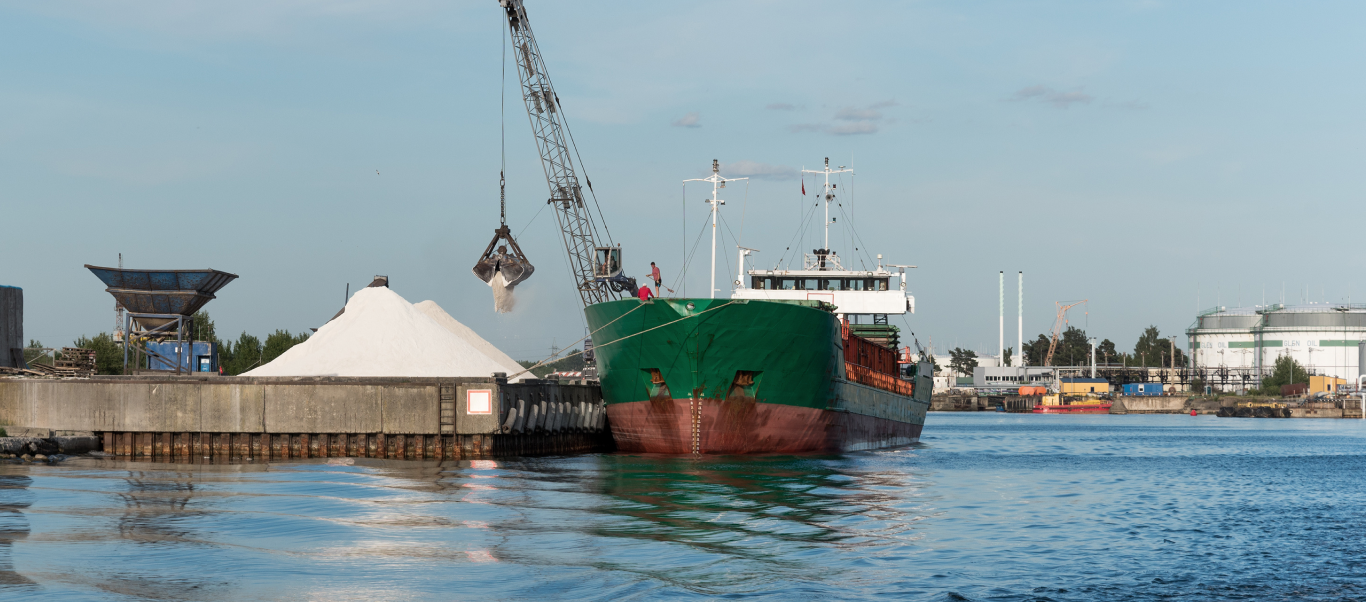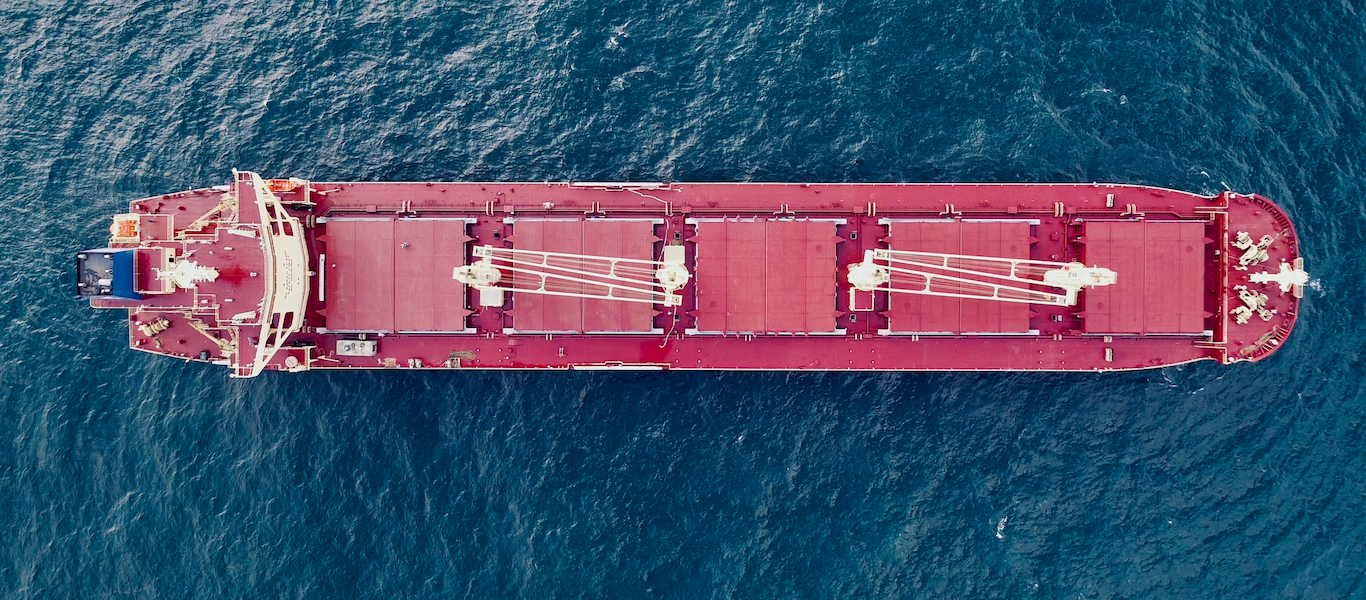
Successful and efficient operations thrive on solid structure. A fact that more and more dry shipping organisations are appreciating when they engage with the Dry Bulk Management Standard (DryBMS). This self-assessment platform has at the core of its design a structured framework known as the 4Ps.
The 4Ps stand for Performance, People, Plant, and Process. These key pillars cover essential areas to support dry bulk shipping companies at all levels in meeting and exceeding industry compliance standards.
To understand the 4Ps and the helpful framework they provide, we have been taking a detailed look at what they deliver for DryBMS.
In recent weeks we have focussed on the pillars of Performance, People, and Plant. Today we complete the series by exploring the Process pillar. In DryBMS terms, Process is the foundation that ensures all operations are carried out safely, compliantly, and efficiently. Shipowners and managers achieve this through carrying out fully documented, structured procedures adopting DryBMS standards across various subject areas. Let’s now take an in depth look at Process with a breakdown of its DryBMS component parts.
Subject Area 19: Mooring and Anchoring
The company develops and implements thorough planning and operational processes to ensure mooring, anchoring, and access are carried out safely and effectively, preventing injury and environmental harm.
Subject Area 20: Cargo and Ballast
Structured processes are in place to manage cargo handling and ballast operations, minimising risks to people and the environment in dry bulk.
Subject Area 21: Bridge Procedures and Standards
Navigation, including bridge team management, is supported by robust planning and operational practices to promote safe and efficient voyages, ensuring cargo ship safety.
Subject Area 22: Risk Assessment and Management
A systematic approach ensures that operational risks are identified, prioritised, and managed to protect personnel, the environment, and operational performance, often leveraging Root Cause Analysis.
Subject Area 23: Permit to Work
A formal work control process ensures that tasks are undertaken safely, with appropriate control measures in place, supporting ship safety protocols .
Subject Area 24: Safety Culture Improvement
The company fosters a culture of safety that supports safe, compliant, and efficient operations, with programmes in place to strengthen this at every level.
Subject Area 25: Environmental Management
Environmental protection is integrated into all operations, with clear measures to manage and minimise the impact on the environment, aligning with green shipping principles.
Subject Area 26: Management of Change, Including Vessel Acquisition
A formal process governs the evaluation, approval, and communication of any changes that may affect safe and efficient operations.
Subject Area 27: Security Management
Measures are in place to maintain maritime security for vessels, premises, and personnel, ensuring compliance with ship safety regulations.
Subject Area 28: Cyber Security
The company operates IT and digital control systems with safeguards to protect the integrity, availability, and confidentiality of data and systems, addressing maritime cyber risk management.
Subject Area 29: Emergency Planning, Including Crisis Management
Preparedness and prompt response to emergency situations help protect staff, vessels, and other assets, enhancing ship safety.
Subject Area 30: Incident Reporting, Investigation and Training
A structured programme ensures that incidents are reported and investigated. Root Cause Analysis is then conducted to identify underlying issues, and corrective actions are implemented to prevent recurrence within the shipping industry.
These are the many processes that make up the Process pillar of DryBMS. They cover every important aspect of an organisation’s daily operations and integrating them ensures that ship safety management, compliance, and continuous improvement are integral to the company’s operational DNA.


